Ophiasis Alopecia: 4 Effective Treatments To Try In 2025
From medications to transplantation – there are many ways to treat this type of hair loss.

Image: Shutterstock
Baldness and hair loss can be due to many reasons. Ophiasis alopecia is snake-patterned baldness that often affects the back of your head. Even though the hair loss is not extreme, it may cause emotional distress. However, few treatment options can manage this type of hair loss to some extent. Continue reading to know more about the condition and ways to manage it.

In This Article
What Is Ophiasis Alopecia?

Ophiasis alopecia is a subsection of alopecia areata, an autoimmune disease. This condition is characterized by snake-like symmetric hair loss or hair thinning that often occurs at the back of your scalp. In some individuals, the hair fall may manifest on the sides of the scalp as well.
Abbie, a lifestyle blogger, shared her Ophiasis alopecia journey with her bloggers regularly. In one of her posts, she described the extent of her condition. She said, “Covering up patches gets harder by the day and the rate my hair is falling out has seemed to have escalated once again (i).”
There are different types of hair loss, Ophiasis being one of them. It is known to affect younger people and is believed to be difficult to treat. It does not respond well to most medications. What causes this type of alopecia? We will explore the causes in the next section.
 Did You Know?
Did You Know?Key Takeaways
- Ophiasis alopecia can be hereditary and caused when the immune system attacks the hair follicles.
- It is commonly seen among younger individuals, and treating it can be quite challenging.
- This condition takes a long time to respond to medications, so be patient and consistent in your efforts. You can also opt for microneedling treatment.
Causes Of Ophiasis Alopecia
Ophiasis alopecia is an autoimmune condition caused by a malfunctioning immune system
. The white blood cells produced by the immune system start attacking the hair follicles. This leads to inflammation and eventual hair loss (2).
Ophiasis alopecia (and alopecia, in general) is almost always related to genes. Those with a family history of this condition are most likely to experience it (3).
One misconception prevalent among people is that ophiasis alopecia could be caused by extreme stress. While extreme stress may cause temporary hair loss, there is no research linking it to alopecia.
Let us now take a look at the signs and symptoms of ophiasis alopecia.
Signs And Symptoms Of Ophiasis Alopecia
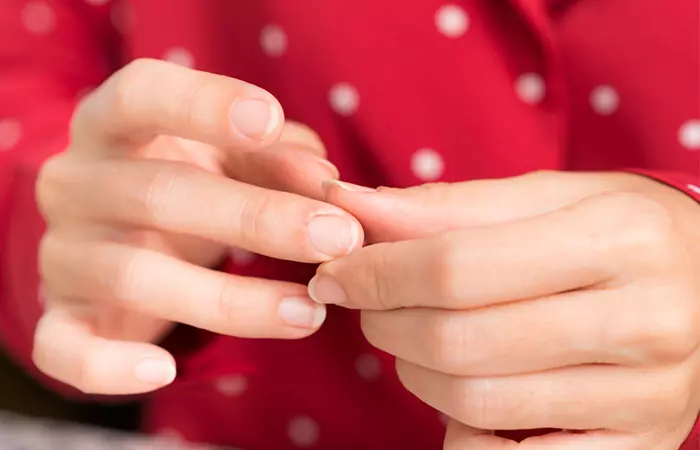
Ophiasis alopecia is often seen in young adults, although it may occur in the later stages of life too. The major symptom of this condition is hair shedding in the characteristic snake-like pattern. One may also experience changes in nail color and texture. Nails with white spots and lines or nails losing their shine are the other signs to watch out for. As per anecdotal evidence, thinning of fingernails and toenails could also be the early signs of ophiasis alopecia.
Another sign of ophiasis alopecia is the loss of thick, long hair and an increase in miniature hair patterns in the affected areas (4).
Let us take a look at certain treatment methods that may help keep ophiasis alopecia under control.
Treatment For Ophiasis Alopecia

1. Minoxidil
Minoxidil is a popular over-the-counter medication useful for hair regrowth (5). The medication is available in liquid, foam, and cream formulations and is very easy to use. Applying the medication to the affected areas may help with hair regrowth. However, one must be aware that the medication can take anywhere between 6 months to 1 year to show its effects. Ophiasis alopecia may not respond to medications quickly, and this may mean a longer wait for some. Patience is key.
Note: Consult your doctor before using minoxidil for treating ophiasis alopecia.
2. Corticosteroids
Corticosteroids are another popular medication for alopecia areata hair loss treatment (3). Their anti-inflammatory properties may help suppress the inflammation caused by a malfunctioning immune system. Corticosteroids are available as injections and topical ointments.
3. Microneedling
Microneedling paired with red light therapy could help in the treatment of ophiasis alopecia (4). The method involves small punctures made on the scalp with microneedles. These continuous, small punctures may promote collagen production and help with hair regrowth.
4. Hair Transplantation
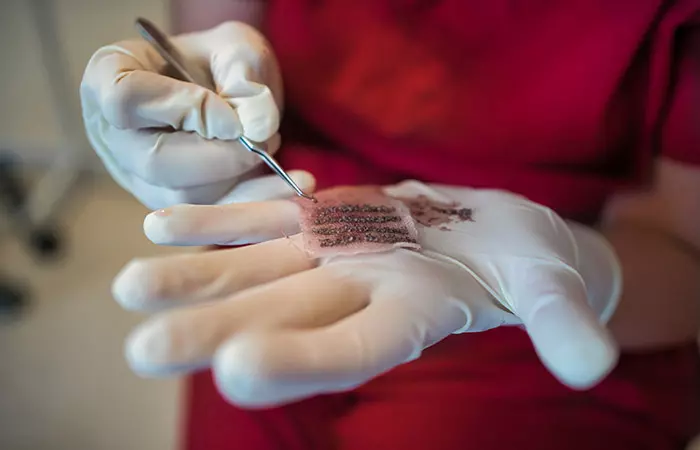
NNot always can medication help with hair growth. In such cases, opting for hair restoration procedures like a full hair transplantation might be a good idea. The process involves removing small patches of hair from the scalp’s unaffected areas and planting them on the affected areas.
 Did You Know?
Did You Know?While the treatment options are promising, isn’t preventing this hair and scalp condition more desirable? But can you prevent ophiasis alopecia?
Preventing Ophiasis Alopecia
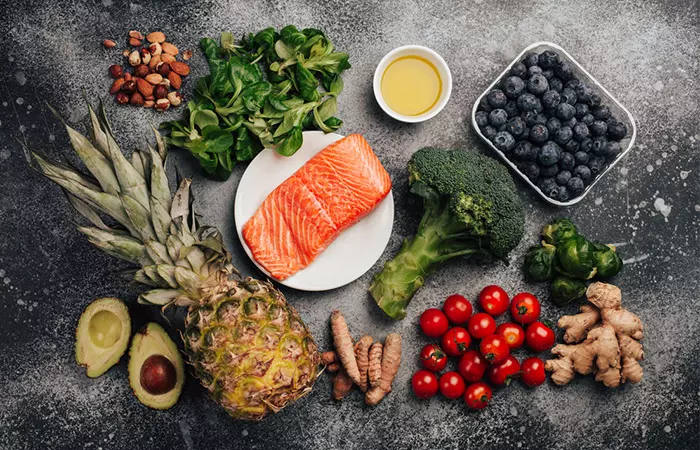
Unfortunately, there is no way to prevent ophiasis alopecia as it is an autoimmune disorder primarily caused by genes. However, you may delay its onset by keeping your immune system healthy and consuming foods rich in anti-inflammatory properties. Such foods include broccoli, blueberries, and salmon. Additionally, you can manage stress with relaxation techniques, yoga, or meditation. Regular exercise supports overall immune health and boosts circulation to the scalp. Prioritizing sleep and avoiding harsh hair treatments may also help maintain healthy hair.
Infographic: Top 4 Ways To Treat Ophiasis Alopecia
Ophiasis alopecia is a rare hair disorder that develops when the immune system attacks the hair follicles, resulting in hair loss at the back of your scalp. Don’t worry! Early detection and treatment can help in managing this issue and promoting hair regrowth. Check out the infographic below to learn about the different treatment options available for ophiasis alopecia.
Some thing wrong with infographic shortcode. please verify shortcode syntaxOphiasis alopecia is characterized by snake-like hair loss at the back of your head. Though the hair loss is not extreme, it is difficult to treat as it does not respond well to medicines. A malfunctioning immune system, genetics, and stress can lead to this condition. Other symptoms of the condition include the change in nail color and texture. You can treat ophiasis alopecia with over-the-counter medications, steroids, microneedling, or hair transplants. With the timely and right treatment, you may be able to minimize the damage.
Frequently Asked Questions
How long does Ophiasis alopecia last?
Ophiasis alopecia is an autoimmune disease that can be traced back to the genes. It cannot be cured, but you may manage the condition with adequate medical treatment.
What is the fastest way to cure alopecia?
Alopecia can’t be cured as it is an autoimmune disorder. However, you can manage the condition and maintain your hair health with proper treatment, which may involve using anti-inflammatory drugs and corticosteroids to suppress the immune system.
What is the difference between alopecia ophiasis and sisaipho?
Alopecia ophiasis causes band-like hair loss around the sides and back of the scalp, while sisaipho causes symmetrical scarring hair loss on the sides and back of the scalp.
What is ophiasis alopecia in kids?
In children, it typically affects the back and sides of the scalp, while leaving the hair at the top of the head intact.
What is the prognosis for people with ophiasis alopecia, and are there any long-term complications or health risks associated with this condition?
Ophiasis alopecia has variable prognoses; some patients have temporary hair loss, while for others it could proceed to more severe hair loss or be a persistent issue. Even though this condition poses no immediate health risks, hair loss can have a significant emotional impact, especially on young children.
How can ophiasis alopecia affect a person’s quality of life, and what strategies can be used to cope with its physical and emotional effects?
Ophiasis alopecia can have a significant impact on a person’s quality of life, especially in children. Coping mechanisms include getting support, wearing wigs or scarves, leading a healthy lifestyle, and getting counseling to help manage the emotional and physical effects.
Illustration: Ophiasis Alopecia: Causes, Symptoms, And Treatment
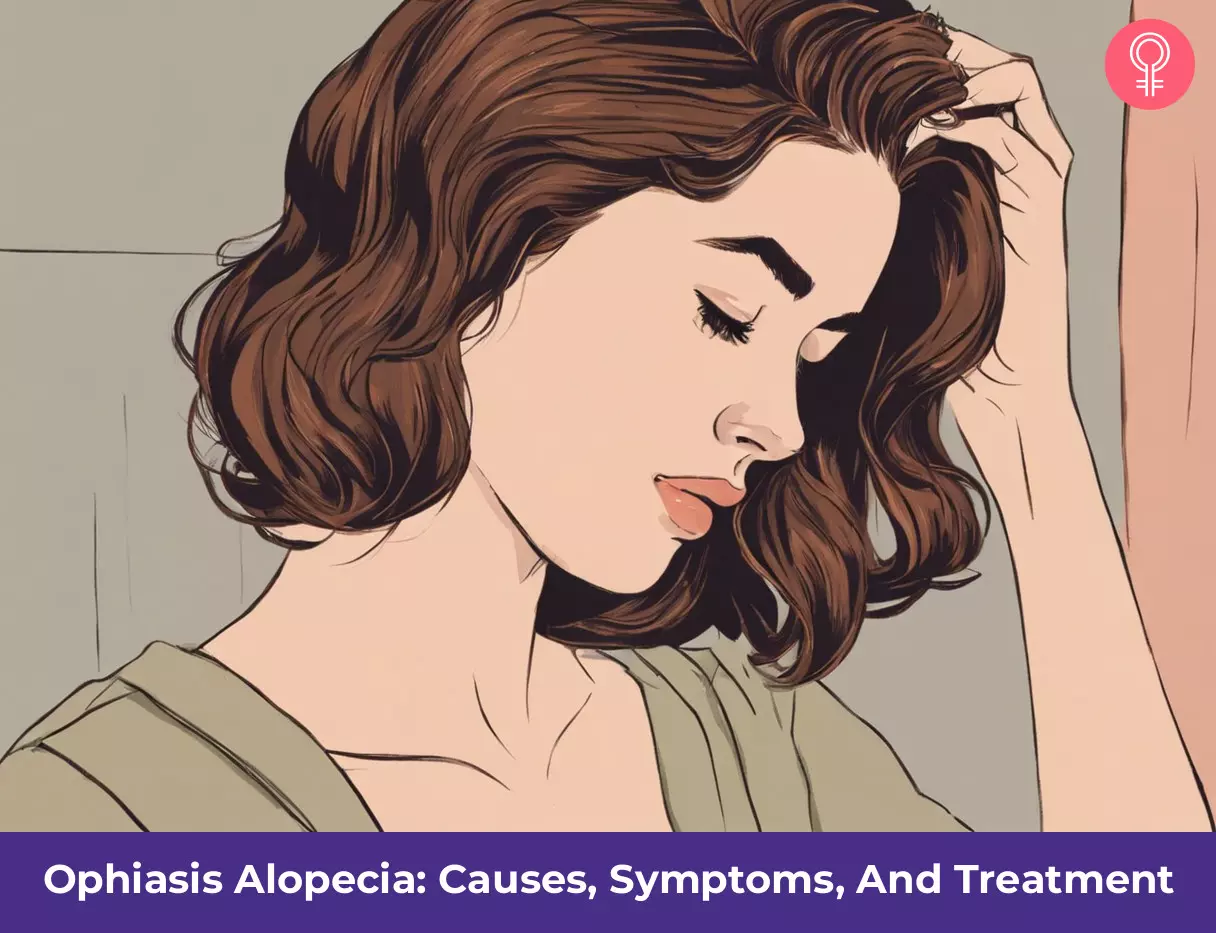
Image: Stable Diffusion/StyleCraze Design Team
Check out this informative video to witness the creator’s touching narrative about struggling with ophiasis alopecia. Learn about the symptoms that she first saw and how she overcame the obstacles she faced during this phase.
Personal Experience: Source
StyleCraze's articles are interwoven with authentic personal narratives that provide depth and resonance to our content. Below are the sources of the personal accounts referenced in this article.
i. Why My Hair Loss Looks Different To Yours – Ophiasis Alopecia Areatahttps://littlemisscherrylips.wordpress.com/2018/09/28/why-my-hair-loss-looks-different-to-yours-%F0%9F%92%87-ophiasis-alopecia-areata/
References
Articles on StyleCraze are backed by verified information from peer-reviewed and academic research papers, reputed organizations, research institutions, and medical associations to ensure accuracy and relevance. Read our editorial policy to learn more.
- OPHIASIS: Report of Two Cases
https://plosjournal.deepdyve.com/lp/american-medical-association/ophiasis-report-of-two-cases-NuhkwGqj0f - Alopecia areata: a review of disease pathogenesis
https://pubmed.ncbi.nlm.nih.gov/29791718/ - Alopecia areata update
https://www.semanticscholar.org/paper/Alopecia-areata-update.-Hordinsky-Junqueira/a86a3c2ced2e323699c06f16a3f39fb3aac44926?p2df - Ophiasis alopecia areata treated with microneedling
https://www.ncbi.nlm.nih.gov/pmc/articles/PMC7340463/ - Topical minoxidil solution (1% and 5%) in the treatment of alopecia areata
https://pubmed.ncbi.nlm.nih.gov/3549811/ - Ophiasis treated with dupilumab
https://www.jaadcasereports.org/article/S2352-5126(21)00523-3/fulltext
Read full bio of Tiffany Young
Read full bio of Anjali Sayee
Read full bio of Eshna Das
Read full bio of Krati Darak







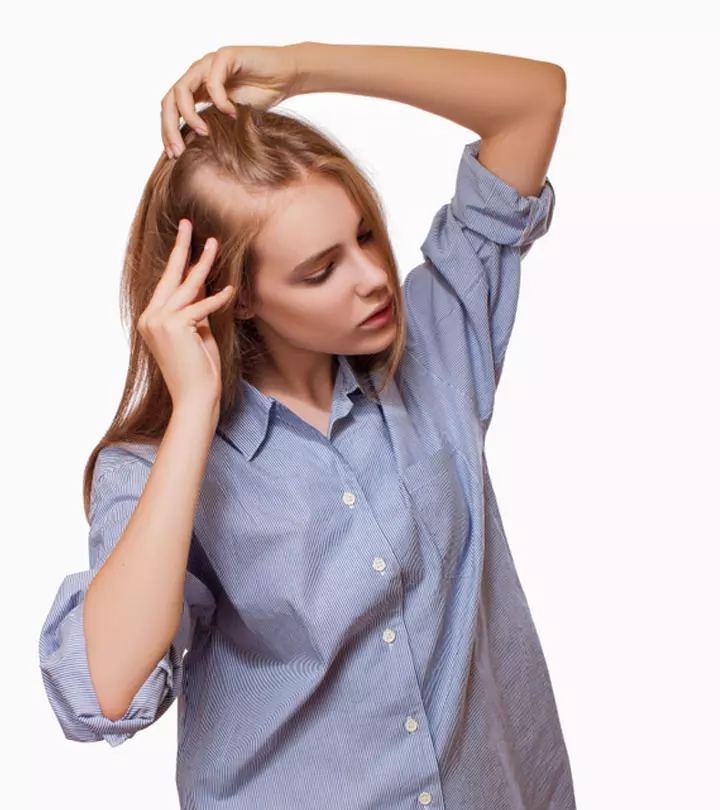


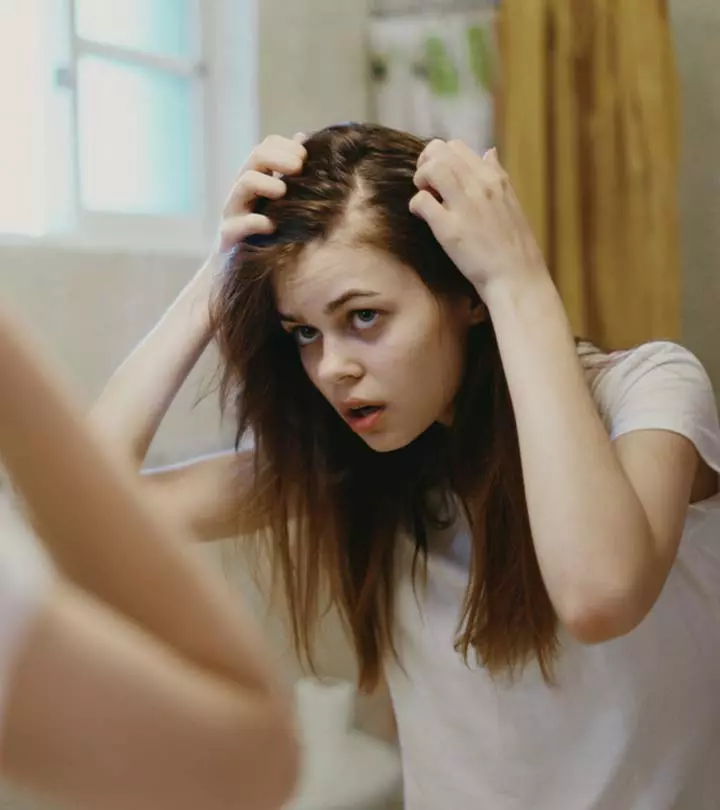


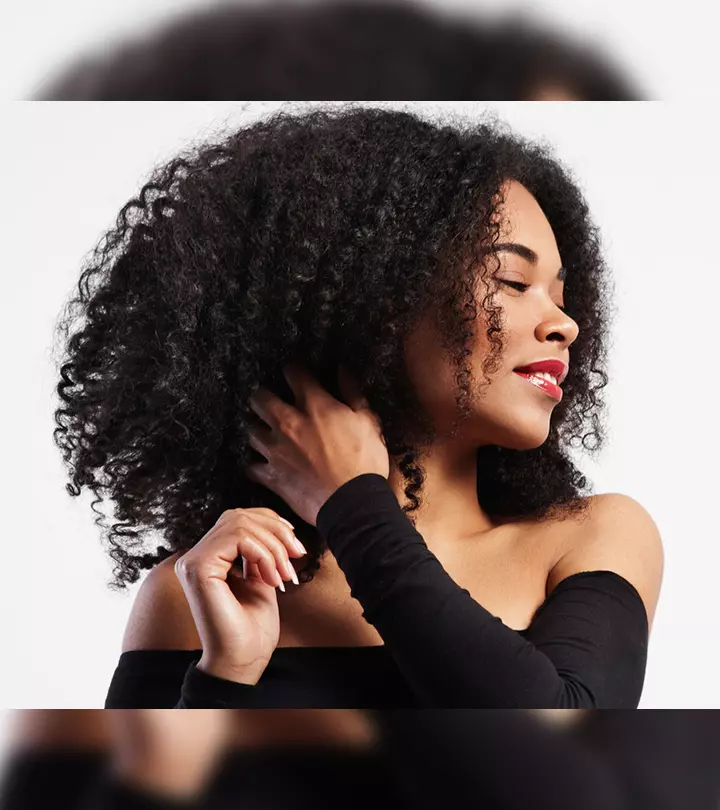
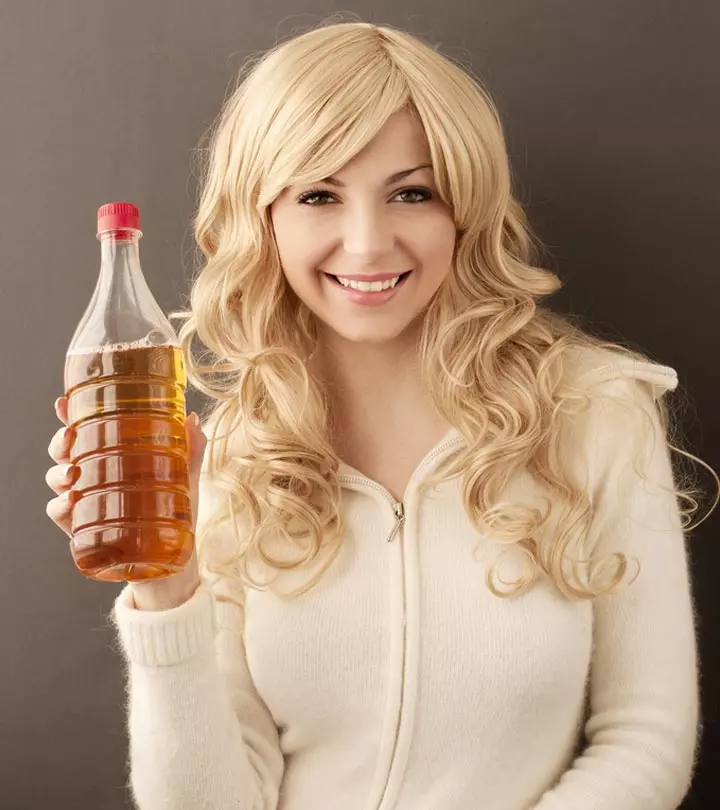

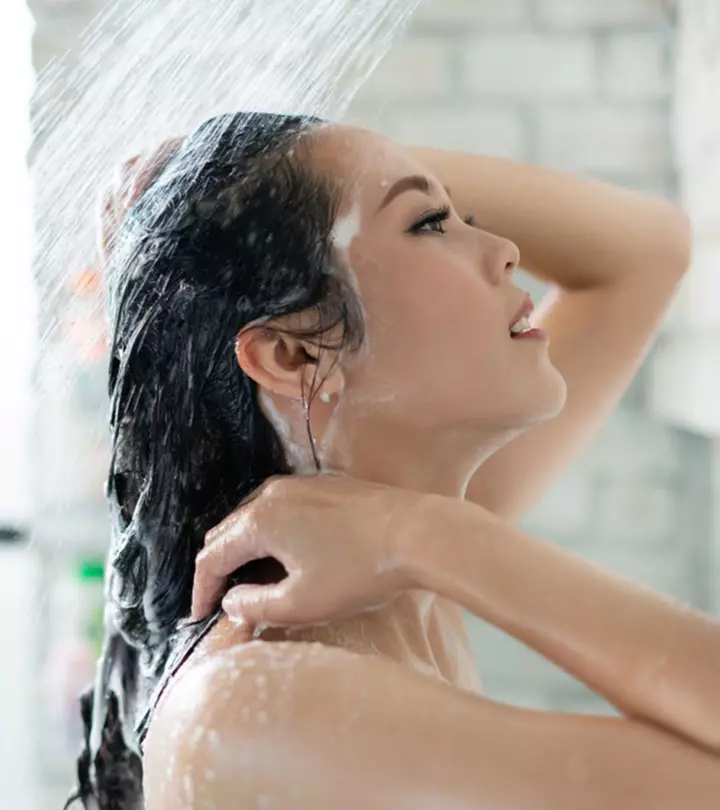
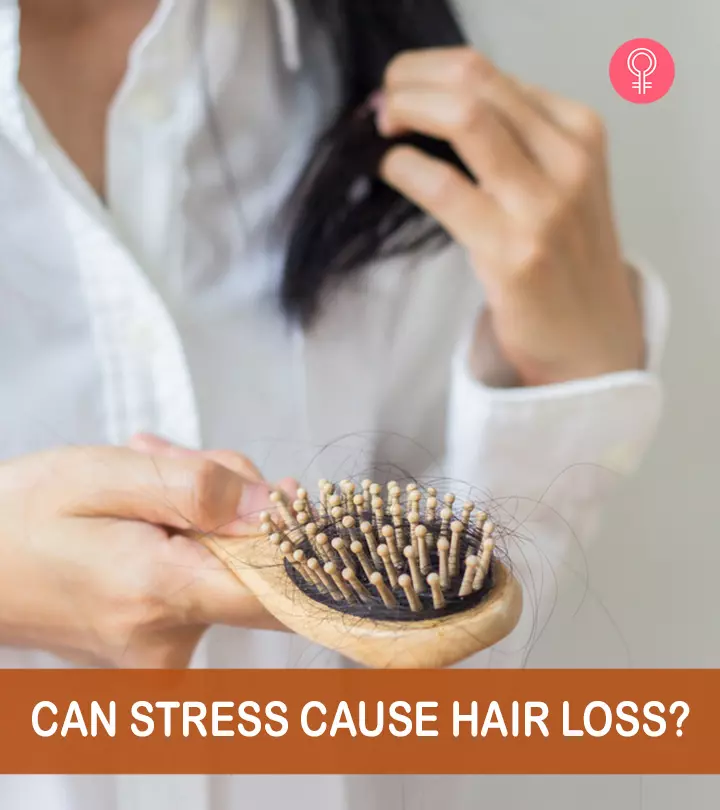
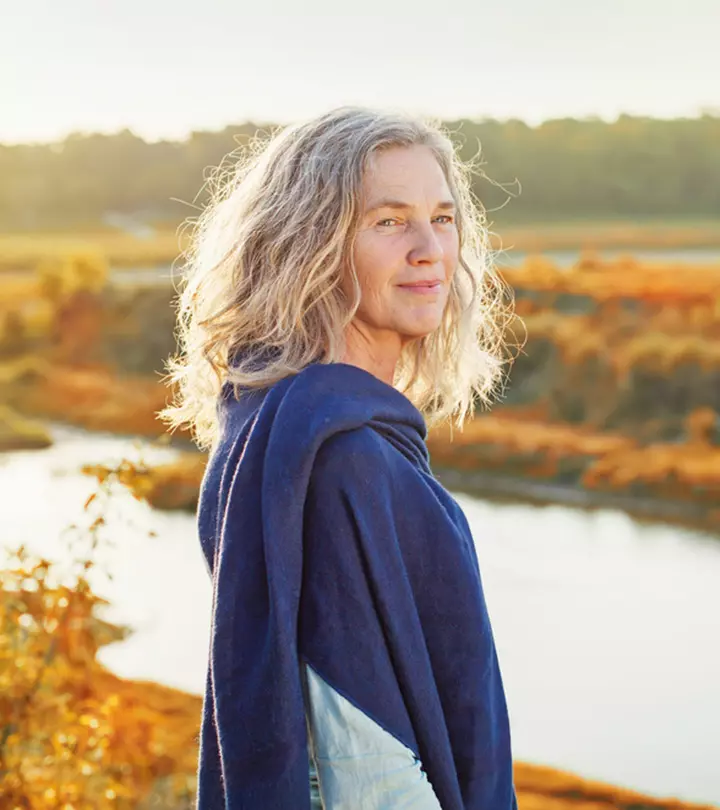
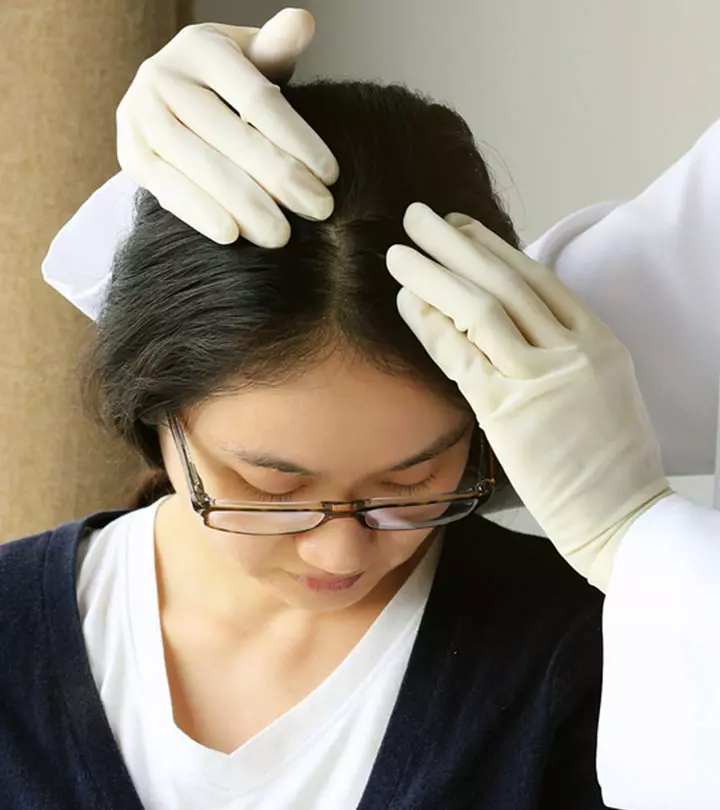





Community Experiences
Join the conversation and become a part of our empowering community! Share your stories, experiences, and insights to connect with other beauty, lifestyle, and health enthusiasts.